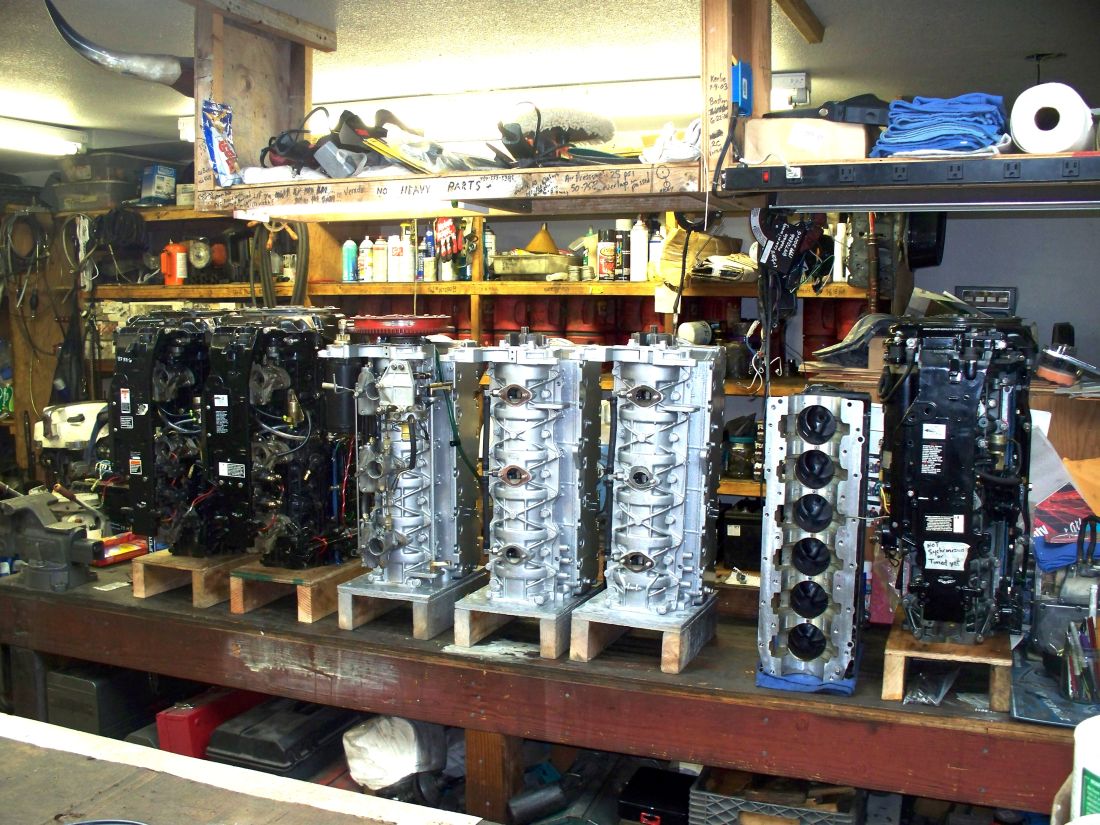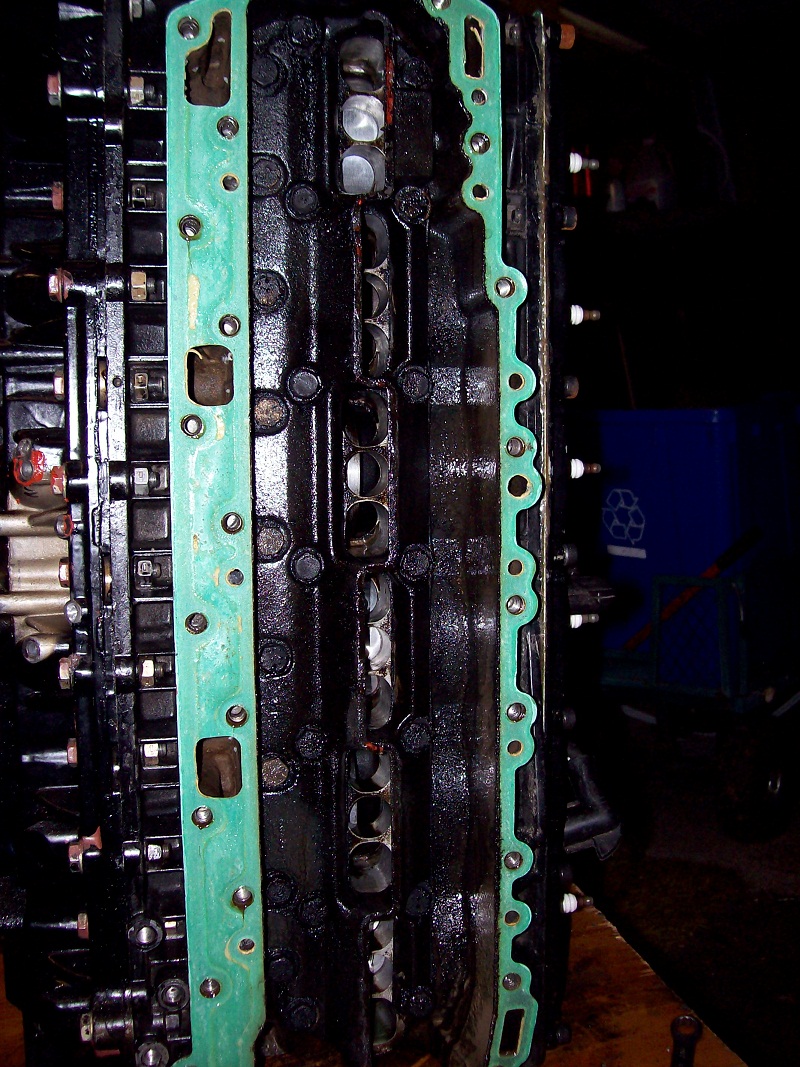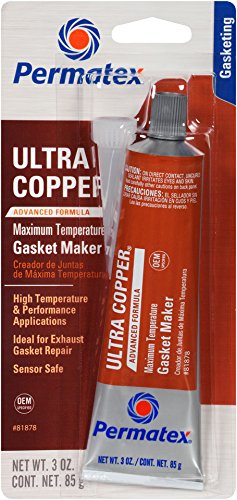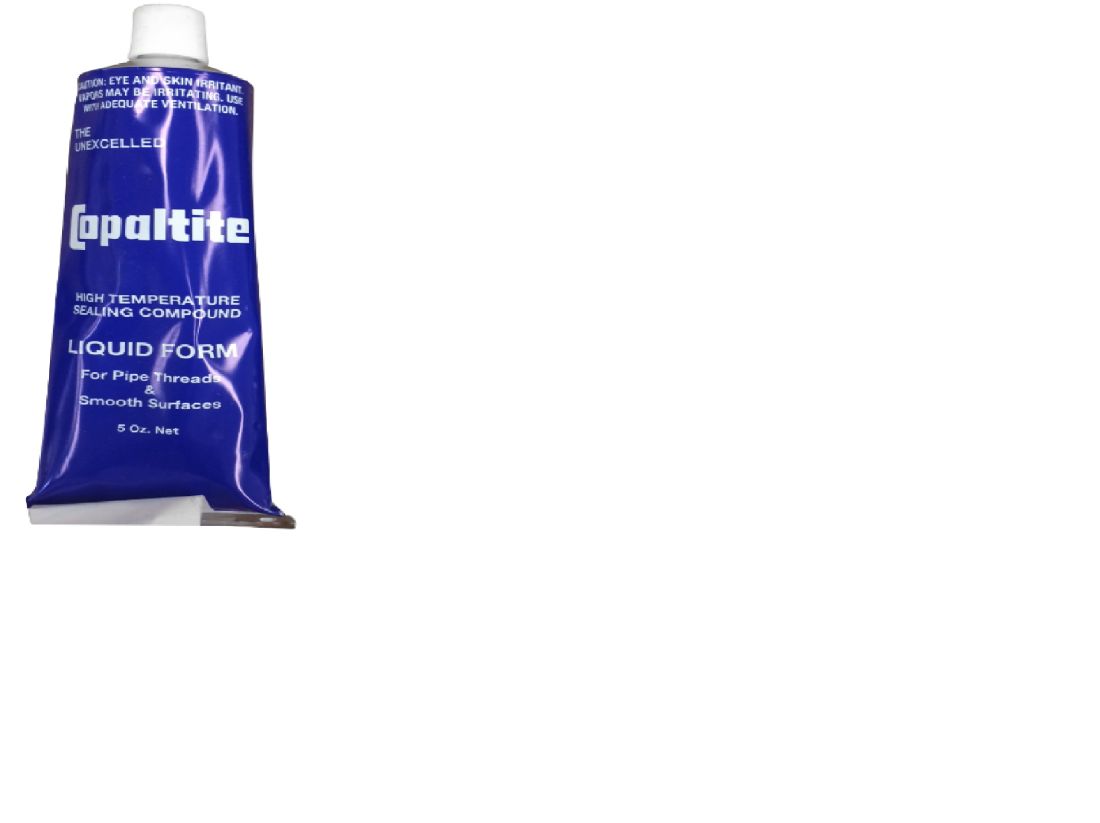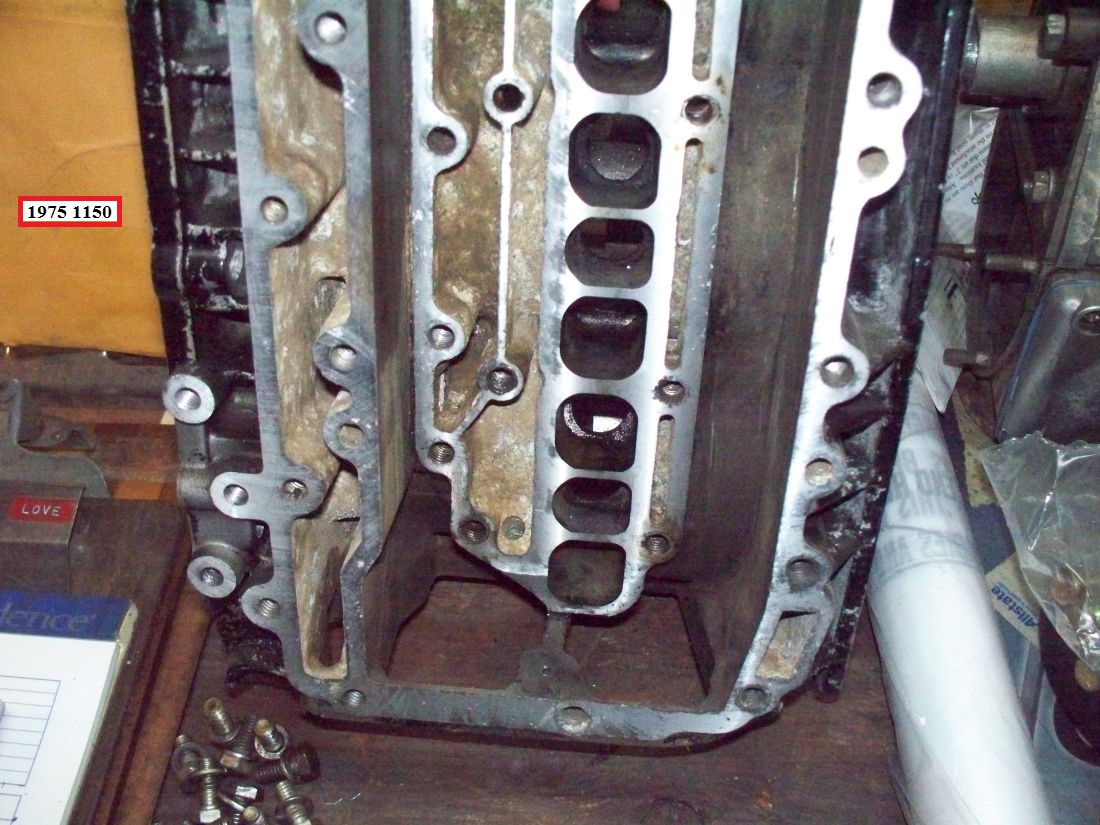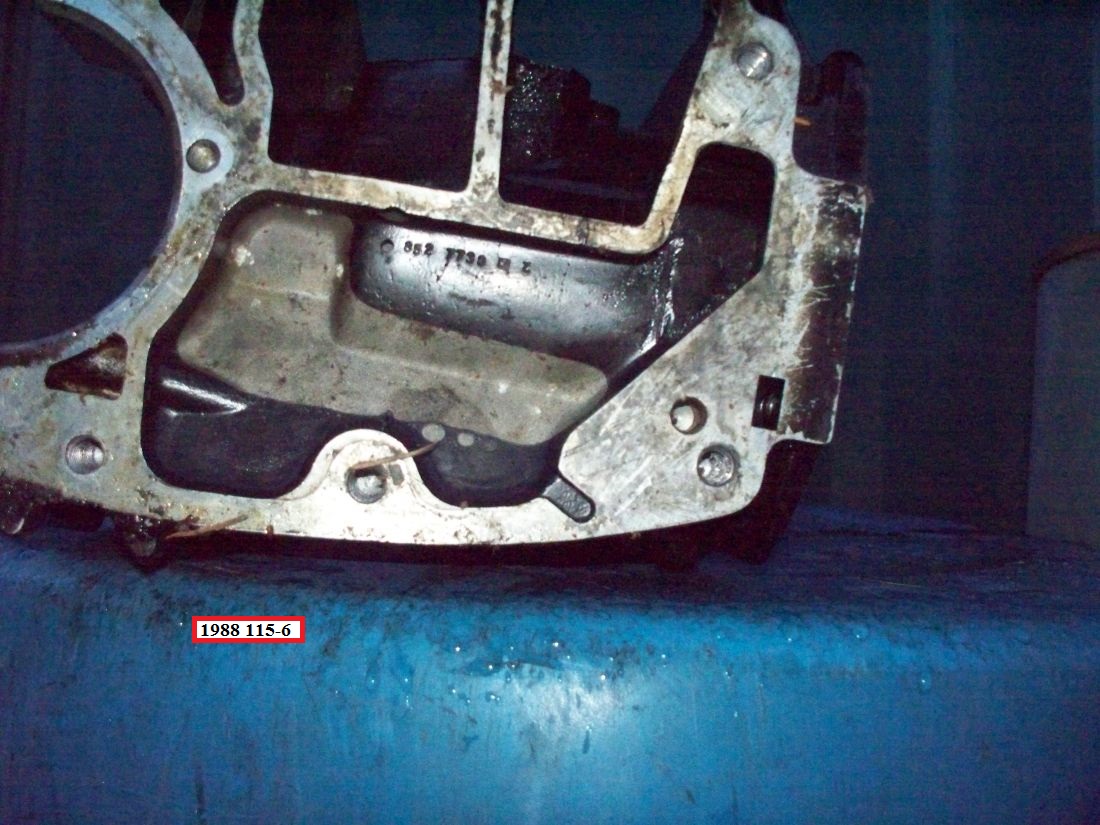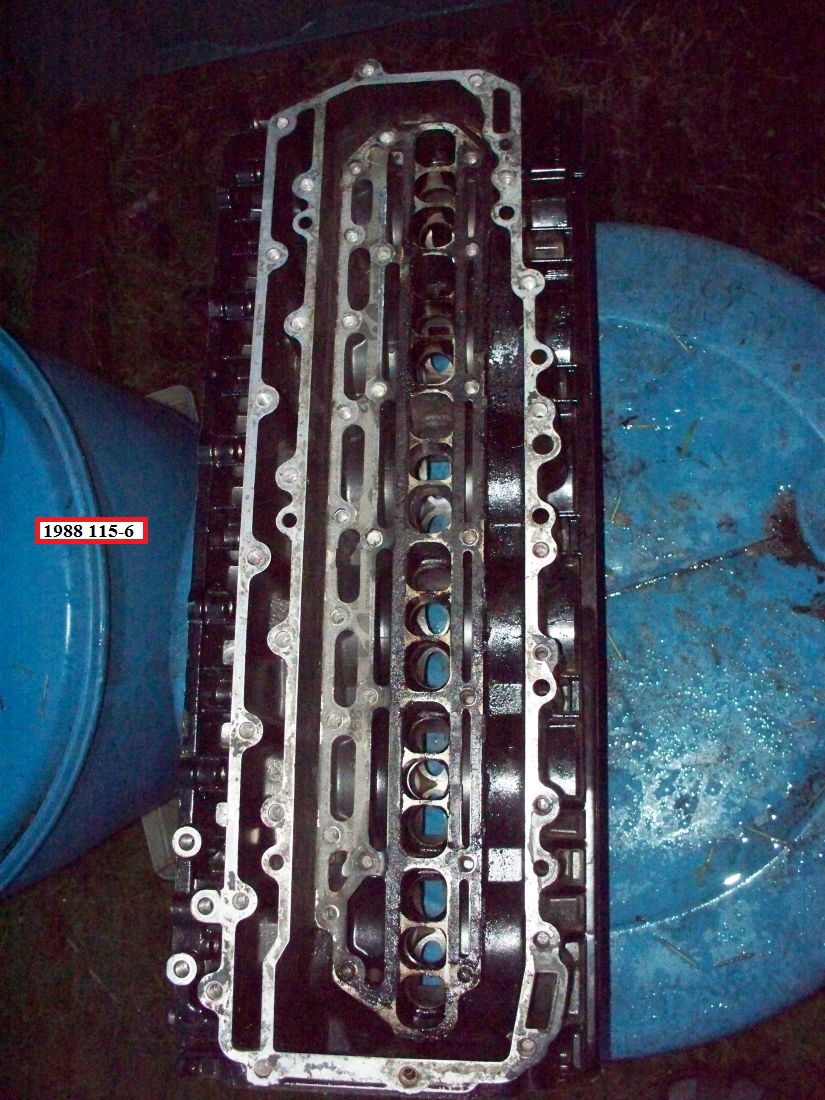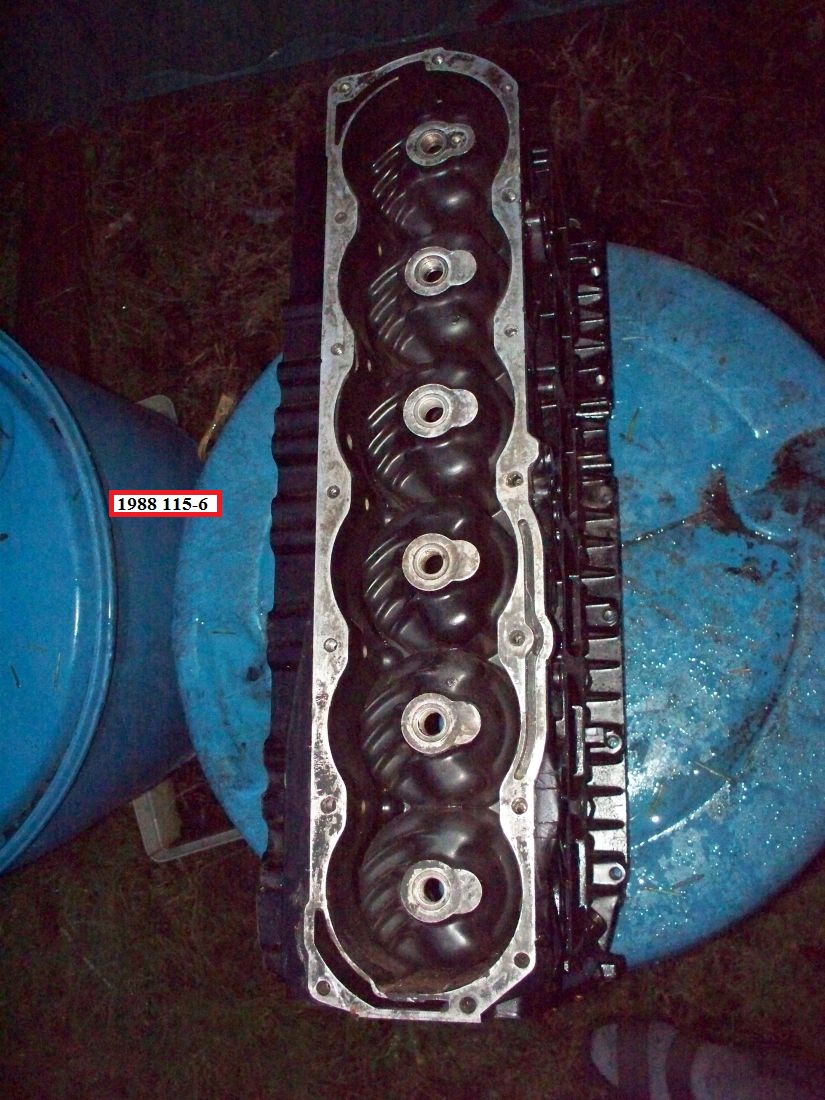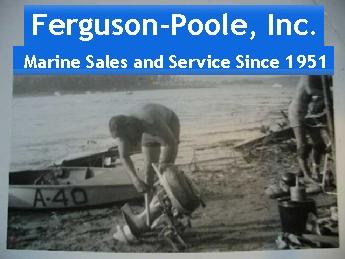|
Welcome,
Guest
|
|
TOPIC: In-line inner water jacket exhaust baffle plate
In-line inner water jacket exhaust baffle plate 10 years 4 months ago #103024
|
Please Log in or Create an account to join the conversation. |
Re: In-line inner water jacket exhaust baffle plate 10 years 4 months ago #103043
|
|
Please Log in or Create an account to join the conversation. |
Re: In-line inner water jacket exhaust baffle plate 10 years 4 months ago #103065
|
|
Please Log in or Create an account to join the conversation. |
Re: In-line inner water jacket exhaust baffle plate 10 years 4 months ago #103091
|
|
Please Log in or Create an account to join the conversation.
Remember, my opinion in no way diminishes your opinion, nor yours mine. Collectively, there is a middle ground that is \\\"correct\\\" for the reader balancing all the input.
|
Re: In-line inner water jacket exhaust baffle plate 10 years 4 months ago #103093
|
Please Log in or Create an account to join the conversation. |
Re: In-line inner water jacket exhaust baffle plate 10 years 4 months ago #103099
|
Please Log in or Create an account to join the conversation. |
Re: In-line inner water jacket exhaust baffle plate 10 years 4 months ago #103125
|
Please Log in or Create an account to join the conversation. |
Re: In-line inner water jacket exhaust baffle plate 10 years 4 months ago #103130
|
|
Please Log in or Create an account to join the conversation.
Remember, my opinion in no way diminishes your opinion, nor yours mine. Collectively, there is a middle ground that is \\\"correct\\\" for the reader balancing all the input.
|
Re: In-line inner water jacket exhaust baffle plate 10 years 4 months ago #103132
|
Please Log in or Create an account to join the conversation. |
Re: In-line inner water jacket exhaust baffle plate 10 years 4 months ago #103133
|
|
Please Log in or Create an account to join the conversation. |
Re: In-line inner water jacket exhaust baffle plate 10 years 4 months ago #103170
|
|
Please Log in or Create an account to join the conversation. |
Re:In-line inner water jacket exhaust baffle plate 10 years 4 months ago #103173
|
Please Log in or Create an account to join the conversation. |
Re: In-line inner water jacket exhaust baffle plate 10 years 4 months ago #103175
|
|
Please Log in or Create an account to join the conversation.
Remember, my opinion in no way diminishes your opinion, nor yours mine. Collectively, there is a middle ground that is \\\"correct\\\" for the reader balancing all the input.
|
Re: In-line inner water jacket exhaust baffle plate 10 years 4 months ago #103179
|
Please Log in or Create an account to join the conversation. |
Re: In-line inner water jacket exhaust baffle plate 10 years 4 months ago #103181
|
Please Log in or Create an account to join the conversation. |
Re:In-line inner water jacket exhaust baffle plate 10 years 2 months ago #104971
|
Please Log in or Create an account to join the conversation. |
Re:In-line inner water jacket exhaust baffle plate 10 years 2 months ago #104975
|
|
Please Log in or Create an account to join the conversation. |
Re:In-line inner water jacket exhaust baffle plate 10 years 2 months ago #105210
|
|
Please Log in or Create an account to join the conversation. |
Re:In-line inner water jacket exhaust baffle plate 10 years 2 months ago #105363
|
Please Log in or Create an account to join the conversation. |
Re:In-line inner water jacket exhaust baffle plate 10 years 2 months ago #105402
|
|
Please Log in or Create an account to join the conversation. |
Re:In-line inner water jacket exhaust baffle plate 10 years 2 months ago #105420
|
|
Please Log in or Create an account to join the conversation. |
Re:In-line inner water jacket exhaust baffle plate 10 years 2 months ago #105429
|
Please Log in or Create an account to join the conversation. |
Re:In-line inner water jacket exhaust baffle plate 10 years 2 months ago #105524
|
Please Log in or Create an account to join the conversation. |
Re:In-line inner water jacket exhaust baffle plate 10 years 2 months ago #105526
|
Please Log in or Create an account to join the conversation. |
Re:In-line inner water jacket exhaust baffle plate 10 years 2 months ago #105533
|
Please Log in or Create an account to join the conversation. |
Re:In-line inner water jacket exhaust baffle plate 10 years 2 months ago #105538
|
Please Log in or Create an account to join the conversation. |
Re:In-line inner water jacket exhaust baffle plate 10 years 2 months ago #105540
|
Please Log in or Create an account to join the conversation. |
Re:In-line inner water jacket exhaust baffle plate 10 years 2 months ago #105805
|
Please Log in or Create an account to join the conversation. |
Re:In-line inner water jacket exhaust baffle plate 10 years 2 months ago #105856
|
Please Log in or Create an account to join the conversation. |
Re:In-line inner water jacket exhaust baffle plate 10 years 2 months ago #105857
|
Please Log in or Create an account to join the conversation. |
Re:In-line inner water jacket exhaust baffle plate 10 years 2 months ago #105858
|
Please Log in or Create an account to join the conversation. |
Re:In-line inner water jacket exhaust baffle plate 10 years 2 months ago #105859
|
Please Log in or Create an account to join the conversation. |
Re:In-line inner water jacket exhaust baffle plate 10 years 2 months ago #105860
|
Please Log in or Create an account to join the conversation. |
Re:In-line inner water jacket exhaust baffle plate 10 years 2 months ago #105861
|
Please Log in or Create an account to join the conversation. |
Re:In-line inner water jacket exhaust baffle plate 10 years 2 months ago #105864
|
Please Log in or Create an account to join the conversation. |
Re:In-line inner water jacket exhaust baffle plate 10 years 2 months ago #105878
|
|
Please Log in or Create an account to join the conversation. |
Re:In-line inner water jacket exhaust baffle plate 10 years 2 months ago #105898
|
|
Please Log in or Create an account to join the conversation. |
Re:In-line inner water jacket exhaust baffle plate 10 years 2 months ago #105971
|
Please Log in or Create an account to join the conversation. |
Re:In-line inner water jacket exhaust baffle plate 10 years 2 months ago #105977
|
|
Please Log in or Create an account to join the conversation. |
Re:In-line inner water jacket exhaust baffle plate 10 years 2 months ago #106011
|
|
Please Log in or Create an account to join the conversation. |
|



